How To Thread A Dressmaker Sewing Machine: 2024 Full Guide
Are you struggling to thread your dressmaker sewing machine?
Don’t worry, you’re not alone! Threading a dressmaker sewing machine can be a daunting task for beginners and even experienced seamstresses.
But fear not, because we’ve got you covered with this comprehensive guide on how to thread a dressmaker sewing machine.
From step-by-step instructions to tips on using and maintaining your machine, we’ll take you through everything you need to know about threading and using your dressmaker sewing machine like a pro.
So grab some fabric, sit back, relax, and let’s get started!
What is a Dressmaker Sewing Machine?
A dressmaker sewing machine is a specialized tool used in making clothing and textiles.
It’s designed to handle different fabrics such as silk, cotton, wool, and linen with precision stitching.
The primary function of this sewing machine is to create various types of garment pieces for fashion designs.
The design of the dressmaker sewing machine varies depending on its purpose and features.
Some have multiple spools that can be adjusted for threading while others have automated controls that make them easy to operate.
Dressmaker machines come in both mechanical and computerized versions.
One significant advantage of using a dressmaker sewing machine is its ability to handle thicker layers of fabric compared to standard home-sewing machines.
This feature gives it an advantage over other models when working with heavier materials like denim or leather.
Dressmaker machines offer versatility in stitching patterns from straight stitches, zigzag stitches, or decorative stitching options which are useful for embroidery work.
A Dressmaker Sewing Machine is an essential tool for budding designers who want to take their skills up a notch by having access to high-quality equipment that guarantees accurate results with every use.
How to Thread a Dressmaker Sewing Machine: Step-By-Step Detailed Guide
Threading a Dressmaker Sewing Machine may seem daunting at first, but with this step-by-step guide, you’ll be able to thread it with ease. Before starting, ensure that the machine is turned off and unplugged.
Firstly, locate the spool pin on top of your machine and place your thread spool onto it. Thread the end of the thread through one of the holes located on top of the spool.
Next, lead your thread down toward the threading path by following any arrows or numbers indicated on your machine.
Pass your thread around any guides or hooks along this path until you reach a tension disc.
To properly set tension for stitching, wrap the thread from left to right around each side of this disc before leading it down into an eyelet at its base. Pull downward so that there is some resistance when you tug gently.
Continue guiding your thread downwards through additional guides and hooks before finally reaching your needle’s eye.
Insert one end into its eye from front to back and leave about 4-6 inches hanging below as a tail.
Now hold onto both ends while rotating the handwheel toward yourself slowly until the threaded loop appears above the fabric plate.
Gently pull up the bobbin case lever next to the needle clamp screw; use the other hand or tool provided in the accessories kit if necessary!
The Different Types of Dressmaker Sewing Machines
Dressmaker sewing machines come in a variety of types, each with unique features that cater to different sewing needs.
Here are some of the most common types of dressmaker sewing machines:
- Mechanical Sewing Machines: These are traditional machines that use knobs and dials to control stitch length and width. They’re easy to use and affordable but lack features like automatic needle threading.
- Computerized Sewing Machines: These machines have advanced features controlled by an onboard computer such as touchscreen displays, automatic thread cutters, and programmable stitch patterns.
- Embroidery Sewing Machines: These specialized machines allow for intricate embroidery designs on fabrics using built-in designs or custom ones uploaded via USB.
- Serger Sewing Machines: Sometimes called overlockers, these specialized machines create professional-looking seams on fabrics while trimming excess fabric edges simultaneously.
- Industrial Sewing Machines: As the name suggests, these powerful heavy-duty sewing machines are used for commercial purposes such as in factories or large-scale production plants.
It’s crucial to consider your specific stitching needs before choosing a type of dressmaker machine.
Whether you’re looking for basic functionality or more advanced options like embroidery capabilities or serging functions there is undoubtedly a dressmaker machine out there that fits your requirements perfectly!
How to Use a Dressmaker Sewing Machine
Using a dressmaker sewing machine may seem intimidating at first, but it’s actually quite simple once you get the hang of it.
Before using the machine, make sure to read through the instruction manual thoroughly and familiarize yourself with its different parts.
To start using your dressmaker sewing machine, plug it in and turn it on. Select the appropriate stitch setting for your project by turning the dial or pressing buttons on the control panel. Next, place your fabric under the presser foot and lower it down onto your fabric.
Press down on the foot pedal to begin stitching slowly. As you become more comfortable with using the machine, increase your speed gradually until you reach a comfortable pace. Remember to guide your fabric steadily as you sew.
When finishing a seam, use scissors or a thread cutter to snip off any excess thread tails from both ends of the seam.
Remember to always clean and maintain your dressmaker sewing machine after each use by wiping down surfaces and oiling certain parts according to manufacturer instructions.
By following these steps carefully and practicing regularly, you’ll soon be able to confidently create beautiful garments with ease using your dressmaker sewing machine!
Tips for Using a Dressmaker Sewing Machine
Using a dressmaker sewing machine can be an exciting and satisfying experience if you know how to use it properly.
Here are some tips that can help you get the most out of your dressmaker sewing machine.
First, make sure to read the manual carefully before using your machine. This will give you a better understanding of its features and capabilities.
You should also experiment with different stitches and settings on scrap fabric before starting your project.
Always use high-quality thread that matches the fabric you’ll be working with. Thread tension is another important factor in achieving clean, even stitches, so take time to adjust this setting as needed.
When working on intricate projects, slow down and take breaks as needed to avoid mistakes or frustration. It’s also important to keep your work area clean and organized for maximum efficiency.
Don’t be afraid to ask for help or seek out online resources if you’re having trouble with any aspect of using your dressmaker sewing machine. With practice and patience, anyone can become a skilled seamstress!
How to Maintain a Dressmaker Sewing Machine
Maintaining your Dressmaker Sewing Machine is crucial in ensuring that it performs at its best. Keep your machine in top shape with these tips.
Firstly, make sure to clean the machine after each use. This can be done by dusting off any debris and wiping down the exterior with a soft cloth.
Warm water and mild detergent are recommended for tougher stains.
Secondly, oil your machine regularly as per the manufacturer’s instructions. This will help prevent rust and ensure the smooth operation of moving parts.
Thirdly, check for loose screws or broken parts periodically and replace them if necessary. Using a damaged machine can lead to further damage or even injury.
Fourthly, store your sewing machine in a dry place away from direct sunlight when not in use.
Moisture can cause rust on metal surfaces which can affect the performance of the machine.
Have your Dressmaker Sewing Machine serviced by a professional technician once every year or two to ensure that it is functioning optimally.
By following these maintenance tips, you’ll extend the lifespan of your dressmaker sewing machine while also improving its functionality during use!
Pros and Cons of a Dressmaker Sewing Machine
Dressmaker sewing machines can be an excellent addition to your sewing room, but like any other product, they come with their advantages and drawbacks.
Here are some pros and cons of owning a dressmaker sewing machine.
Alternatives to the Dressmaker Sewing Machine
While the Dressmaker Sewing Machine is a great option for many sewers, there are also other alternatives to consider.
One popular alternative is the Singer Heavy Duty Sewing Machine. This machine can handle heavy fabrics and tough projects with ease.
Another alternative to consider is the Brother CS6000i Sewing Machine. It is known for its user-friendly features and affordable price tag. It comes with an automatic needle threader and several built-in stitch options.
For those who prefer a more compact sewing machine, the Janome Graceful Gray Basic Sewing Machine may be a good option. It has fewer bells and whistles but still gets the job done for basic sewing needs.
The Juki HZL-F600 Computerized Sewing and Quilting Machine is another high-end alternative that offers advanced features such as automatic threading, variable speed control, and an LCD screen display.
Ultimately, choosing an alternative to the Dressmaker Sewing Machine depends on your specific needs as a sewer or quilter.
Consider what type of projects you will be working on most often, your budget constraints, and any additional features that might be important to you before making your decision.
Common Issues with Dressmaker Sewing Machines
Like any other sewing machine, the Dressmaker Sewing Machine is bound to experience issues at some point.
Some common issues that users face with this machine include thread bunching up, skipped stitches, broken needles, and tension problems.
One of the most frustrating issues with a Dressmaker Sewing Machine is when the thread keeps bunching up under your fabric.
This could be due to an issue with your bobbin or tension settings. Make sure you’re using good quality thread and double-check that everything is correctly threaded.
Another problem that may arise while using a Dressmaker Sewing Machine is skipped stitches.
This can happen if the needle isn’t inserted properly or if it’s dull or bent. Be sure to switch out your needle regularly to avoid this issue.
Broken needles are another common issue faced by Dressmaker Sewing Machine users.
This can happen if you try to sew through thick fabrics like denim without adjusting your needle size accordingly. Always use the right size and type of needle for each project.
Tension problems can also cause frustration while using a Dressmaker Sewing Machine.
If your stitches look uneven or loose, there may be an issue with your upper or lower thread tension settings. Check both and adjust as needed until you achieve proper stitch formation.
Familiarizing yourself with these common issues and how to troubleshoot them will help ensure smooth sailing while working on projects using a Dressmaker Sewing Machine!
How Do You Thread A Singer Dressmaker Machine?
Threading a Singer Dressmaker sewing machine is similar to threading any other sewing machine. However, the process can be a bit different depending on the model you have.
Firstly, make sure that your thread spool is in its place and secure. Next, take your thread through each of the guides starting from the top and working downwards towards the needle area.
After passing it through all of them, put it through the needle’s eye from front to back then pull until you have about 6 inches of thread hanging down below it.
At this point, hold onto both threads and bring them under and around the presser foot so they are out of your way when you start sewing; now you’re ready to begin stitching!
It’s important not to rush when threading a Singer Dressmaker as this could cause problems with tension or even breakage while you sew. Take your time and follow these steps carefully for seamless stitching every time!
How Do You Thread A Dressmaker Zig-Zag Sewing Machine
Threading a dressmaker zig-zag sewing machine may seem intimidating at first, but it only takes a few steps to get started.
First, make sure the machine is turned off and unplugged from any power source. Next, locate the spool pin on top of the machine and place your thread spool onto it. Then, pull the thread through the tension discs and down towards the needle.
Once you have reached the needle area, you will need to thread your needle by passing the thread through its eye from front to back.
Some machines may come with an automatic threading feature that can simplify this step for you.
After threading your needle, continue to guide your thread down toward the bobbin area of your machine.
Insert a pre-wound bobbin into its designated compartment and follow any specific instructions for securing it in place.
Hold onto both threads firmly and turn on your machine to begin sewing with your newly threaded dressmaker zig-zag sewing machine!
Is Dressmaker a Good Sewing Machine?
When it comes to sewing machines, there are many options on the market. One of those is the Dressmaker sewing machine. But is it a good option for sewers?
The answer to this question really depends on what you’re looking for in a sewing machine.
The Dressmaker brand has been around for decades and has a reputation for producing reliable machines.
One thing that sets The Dressmaker apart from other brands is its affordability. It’s often considered an entry-level or beginner machine because of its lower price point, but that doesn’t mean it lacks functionality.
While some may argue that more expensive machines have more features and capabilities, the Dressmaker can still handle basic stitching needs with ease.
And for someone who just wants to make simple projects like clothing alterations or home decor items, it might be all they need.
However, if you’re an experienced sewer who wants a wider range of stitch options or advanced features like automatic threading or embroidery capabilities, then you may want to invest in a higher-end machine.
Whether or not Dressmaker is a good sewing machine largely depends on your individual needs as a sewer.
How to Wind a Bobbin on a Dressmaker Sewing Machine
Winding a bobbin is an essential part of the sewing process, and doing it correctly can save you time and frustration in your projects.
If you’re using a dressmaker sewing machine, the process for winding a bobbin may vary slightly from other machines.
Firstly, make sure that your thread spool is placed on the spool pin correctly. Take the end of the thread and pull it through one of the small holes on top of the bobbin. Place this bobbin onto its holder spindle located near your needle area.
Next, push down on your presser foot lever to engage it, which will ensure that there’s enough tension on your thread while winding.
While holding onto the end of your thread with one hand, use another hand to operate your sewing foot pedal or power switch this should start spinning both bobbins and needles quickly!
Keep an eye out for any tangle-ups or snags in either bobbin as they spin around; if something does get caught up during winding (which can happen!), stop immediately before proceeding again!
Once finished winding up all needed threads onto each respective spool take them off their holders by pulling gently outward away from the center spindle until released completely free then clip excess string ends so nothing gets tangled elsewhere later when getting started stitching!
Tips for Winding a Bobbin
When it comes to winding a bobbin on a dressmaker sewing machine, there are some helpful tips and tricks that can make the process smoother and more efficient. Here are a few:
First, make sure your thread is properly positioned when winding the bobbin. This will help prevent tangles and uneven winding.
Secondly, avoid overfilling the bobbin with too much thread as this may cause tension issues during stitching.
Another tip is to use consistent speed while winding so that the thread winds evenly onto the bobbin without any bumps or lumps.
Additionally, always double-check that you’ve correctly placed the empty spool onto the spindle before beginning to wind your bobbin.
If you’re experiencing problems with tension or uneven stitches after winding your bobbin, try re-threading both your top thread and bottom (bobbin) thread. Sometimes this simple step can solve many threading-related issues.
By following these tips for winding a bobbin on a dressmaker sewing machine, you’ll be able to create beautiful garments with ease!
Conclusion
As we come to the end of this comprehensive guide on how to thread a Dressmaker sewing machine, it’s important to note that with practice and patience, anyone can master the art of threading this popular machine.
We’ve covered everything from what a Dressmaker machine is and its different types, to step-by-step instructions for threading and using it.
We’ve also shared maintenance tips and discussed common issues one may encounter while using this type of sewing machine.
While there are certainly pros and cons to consider when choosing a Dressmaker sewing machine over other alternatives, ultimately the decision comes down to personal preference based on individual needs.
If you’re still unsure about whether or not a Dressmaker sewing machine is right for you, we encourage you to do further research and perhaps even try one out before making your final decision.
Remember that no matter which type of sewing machine you choose, practice makes perfect. With time and dedication, you’ll be able to create beautiful garments with ease.
FAQs
How often should I clean my Dressmaker sewing machine?
You should aim to clean your Dressmaker sewing machine after every major project. This will help maintain the quality of your work and prevent any damage or wear and tear.
Can I use regular thread on a Dressmaker sewing machine?
Yes, you can use regular thread on a Dressmaker sewing machine, but it is recommended that you use high-quality threads for better results.
What type of fabrics can be used with a Dressmaker Sewing Machine?
Dressmaker’s Sewing Machines are versatile and can handle various types of fabrics including cotton, silk, denim, wool, etc.
Is it necessary to oil the dressmaker sewing machines regularly?
Yes! Oiling is an essential part of maintaining your dressmaking sewing machine as it helps reduce friction between the moving parts ensuring their longevity.
How do I troubleshoot common issues with my dressmaking sewing machine?
If you face any troubles while using your dressing-making-sewing machine such as tension problems or broken needles check out the user manual that comes along with the device. It has comprehensive troubleshooting instructions for most common issues users might experience
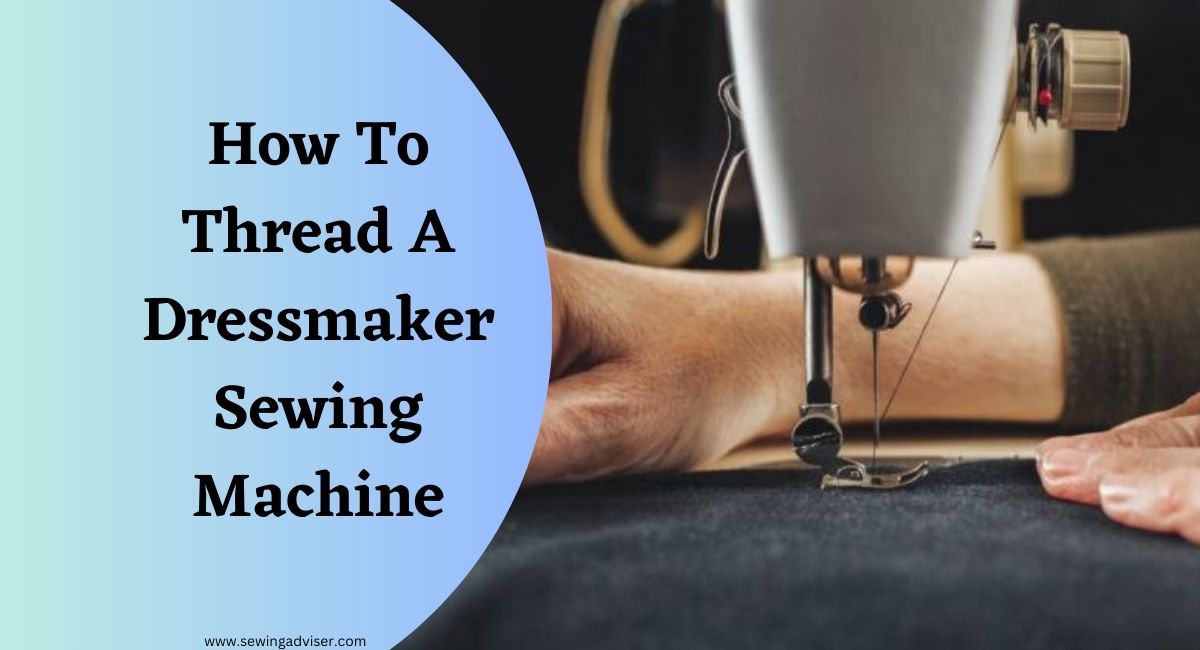
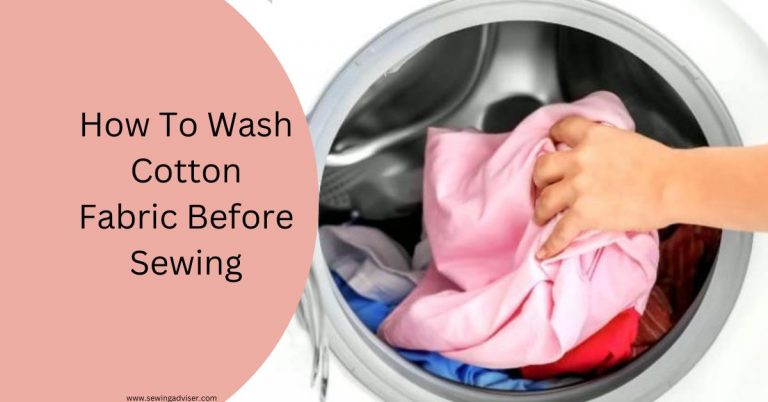
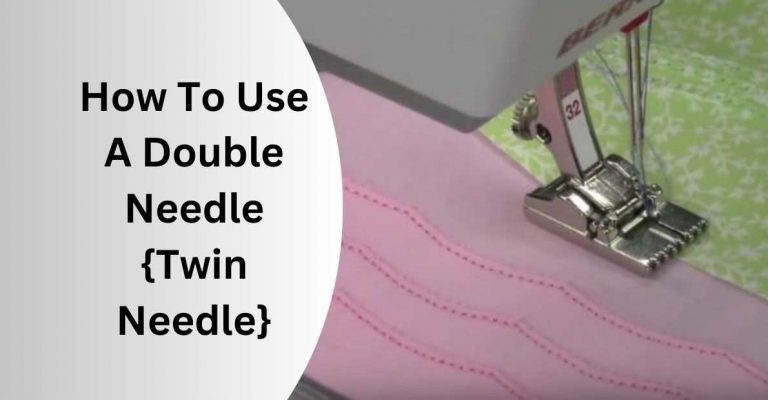
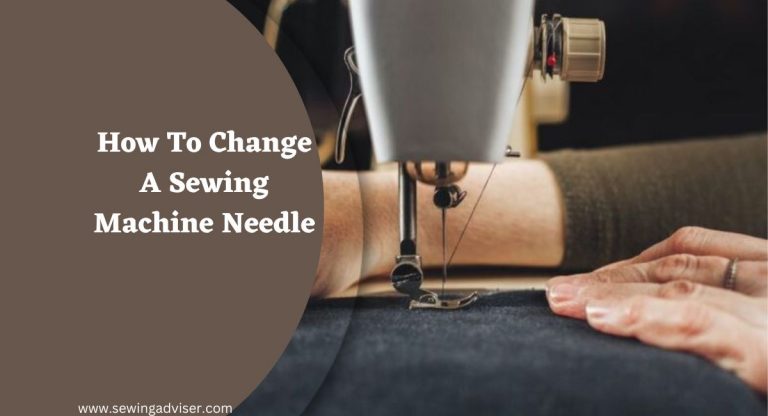
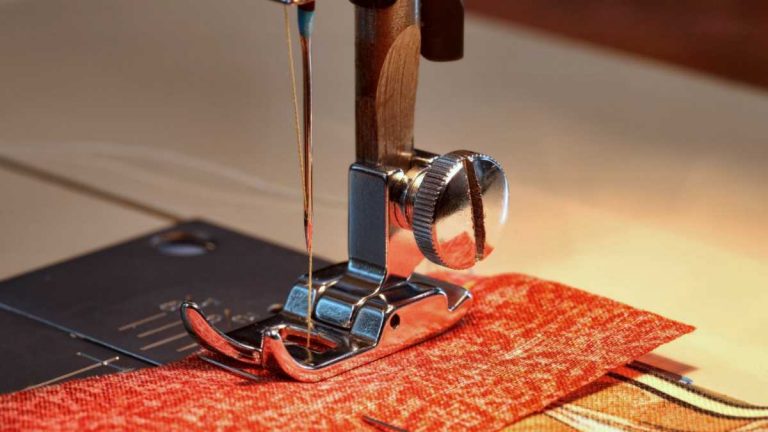
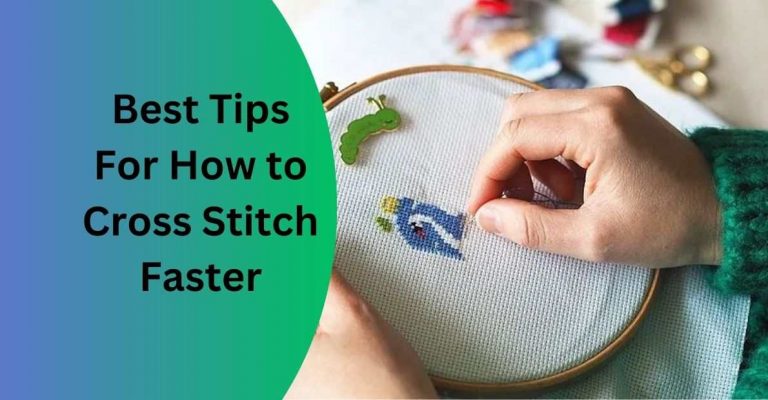
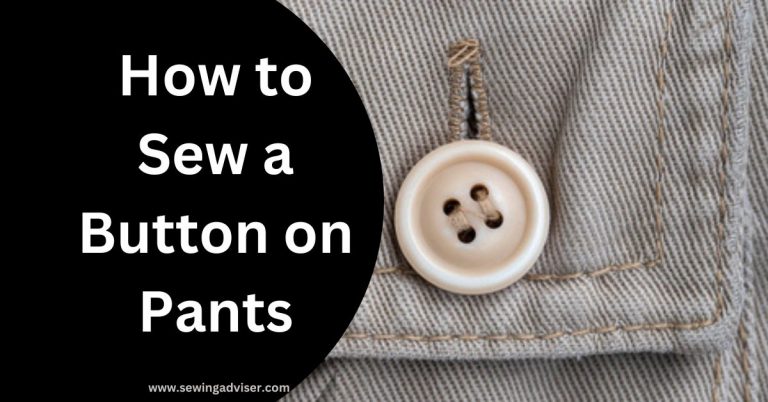
17 Comments